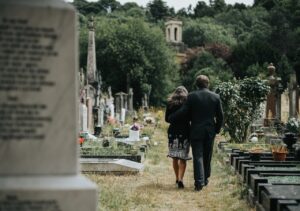Category: wrongful death

How Do You Prove a Wrongful Death Lawsuit in California?
If you have lost a family member because of another person’s negligence, recklessness, or intentional act, you know how devastating …
Read More
What Damages Are Available In A Wrongful Death Case?
The loss of a loved one may cause immense suffering to the surviving family members. Apart from emotional distress arising …
Read More
Who Can File a Wrongful Death Lawsuit In California?
There is nothing harder than the loss of a life of a loved one. Losing a loved one at the …
Read More
How Do You Prove Wrongful Death?
A wrongful death is a death caused by the wrongful act or neglect of another person. (CA Code of Civ. …
Read More